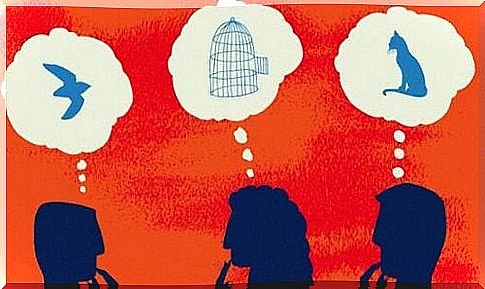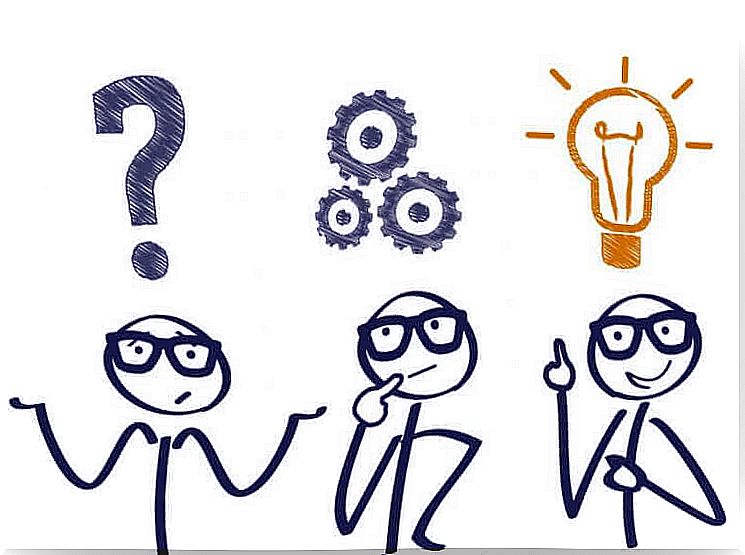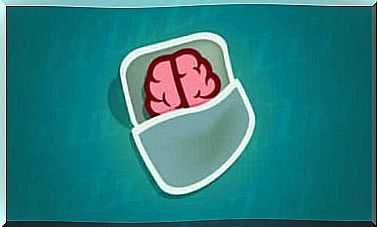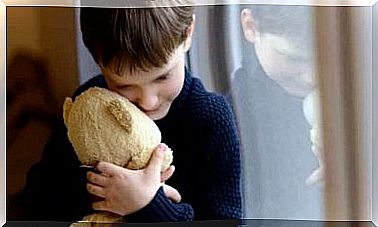Native Theory – The Source Of Empathy

Native theory, also called Theory of Mind, describes the ability to differentiate between one’s own thoughts and those of other people. This gives you the opportunity to interpret and predict someone else’s behavior. This is done by ascribing a certain mental state to the person concerned. This state can include thoughts, feelings, beliefs, desires, and other concepts.
Think about the following example: Imagine looking out the window and seeing your neighbor leave the house. When the neighbor is only a few steps away, he suddenly checks his bags, turns around and goes back inside. You probably have no problem understanding his behavior. Most likely he forgot something. This is because you can interpret his awareness and behavior. This ability is called native theory.
Native theory: a system of thought
The native theory comes from constructivism. Proponents of this philosophical current believe that man himself functions as a scientist by intuitively constructing theories about reality on the basis of his own concepts. Therefore, the native theory assumes that all conceptions and ideas about the mind consist of a huge system of thoughts. The system is built up from a network of related concepts and not from explicit definitions.

We should understand two things when it comes to the system of thought:
- It’s interpretive. We use concepts and systems to recognize the mental state of others and to build a reality around this information.
- It is inferential. The logical connection between the concepts allows us to explain and predict future behavior through cause and effect.
Therefore, we can define native theory as a cognitive system that guides, integrates and predicts the behavior of other people with the support of interpretation and inference. This definition suggests that thoughts act as a mediator between perception and action. If you can represent someone else’s thoughts in your own head, you can decipher their behavior.
The thoughts create the behavior
But that begs the question of how thoughts mediate between perception and action, and how we can infer what is going on in other people’s minds. It is important to answer these questions in order to understand how we can predict other people’s behavior, even though we are only intuitively aware of their thoughts. A Spanish psychologist named Ángel Rivière and his team developed a theory to explain this.
According to the theories of Rivière and his team, everything begins with perception, on which we form our ideas and beliefs about reality. In addition, against our biological and educational background, we create wishes that change our intentions in order to encourage their fulfillment. This interplay between beliefs and desires leads to a pattern of behavior. These aim to make our wishes a reality.
The criticism of this model is that it is too easy to explain the reality of the behaviors. But we don’t need to look at it from a scientific perspective either. We want to know how the brain works and not what actually happens. It looks like the brain is using this theory to interpret and predict its own behavior and the behavior of other people. It may not be precise and it may not always be correct. Still, it’s a quick shortcut that is good enough in most cases.

How is native theory developing?
Contrary to its name, we are not born with the Native Theory, but we have the potential for it from our birth. It is pre-installed in the brain, but must be properly stimulated in important development phases in order to achieve full function.
The age at which the native theory develops is around 4 to 5 years. It is at this age that children begin to distinguish someone else’s opinion from their own. One child can also see the other’s opinion as wrong. But this can only happen once a child has the ability to understand two basic concepts:
- Desires and beliefs. The child should understand that a person’s behavior is guided by their own desires and beliefs. It has to learn that beliefs can be wrong and wishes can go unfulfilled.
- People look at objective reality from a subjective perspective. The child should understand that their behavior is determined by a subjective assessment of reality. Only then is it able to understand the existence of false beliefs and guess the causes for them.
Even when the native theory is fully developed, it does not become a passive process. It influences the development of other important skills, including empathy. When the child begins to understand other people’s beliefs and desires, they can empathize with them.









